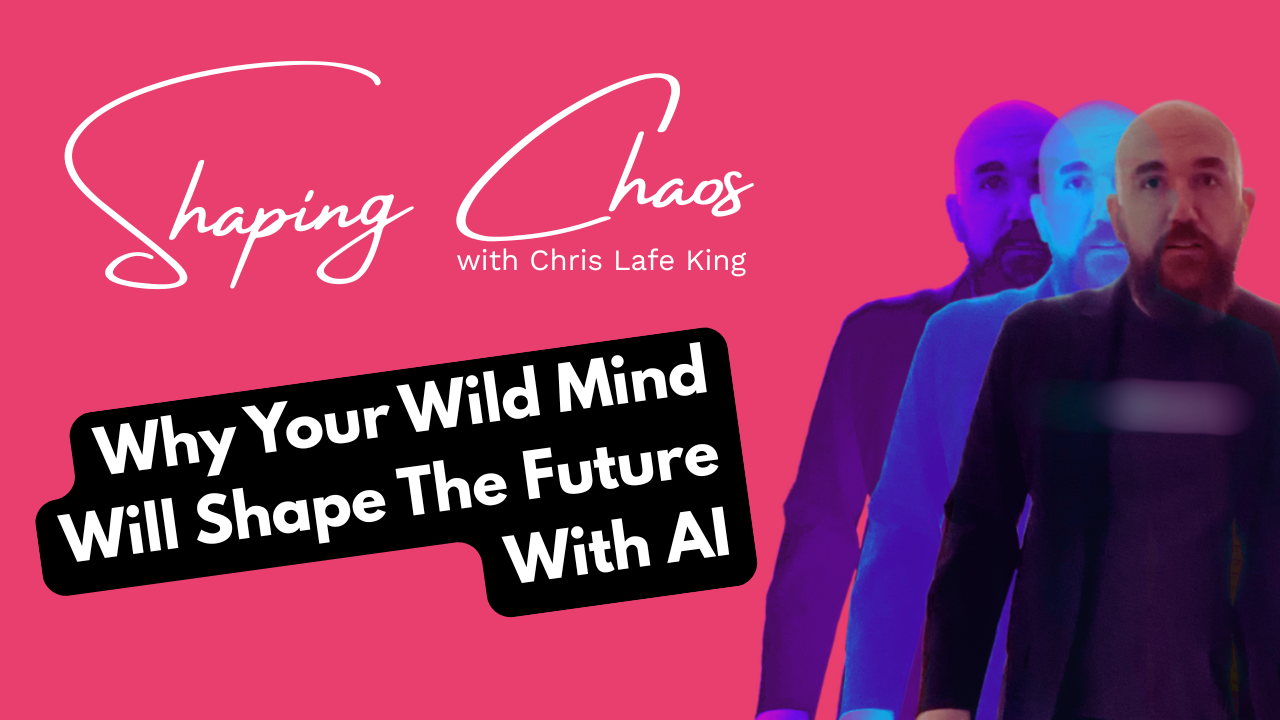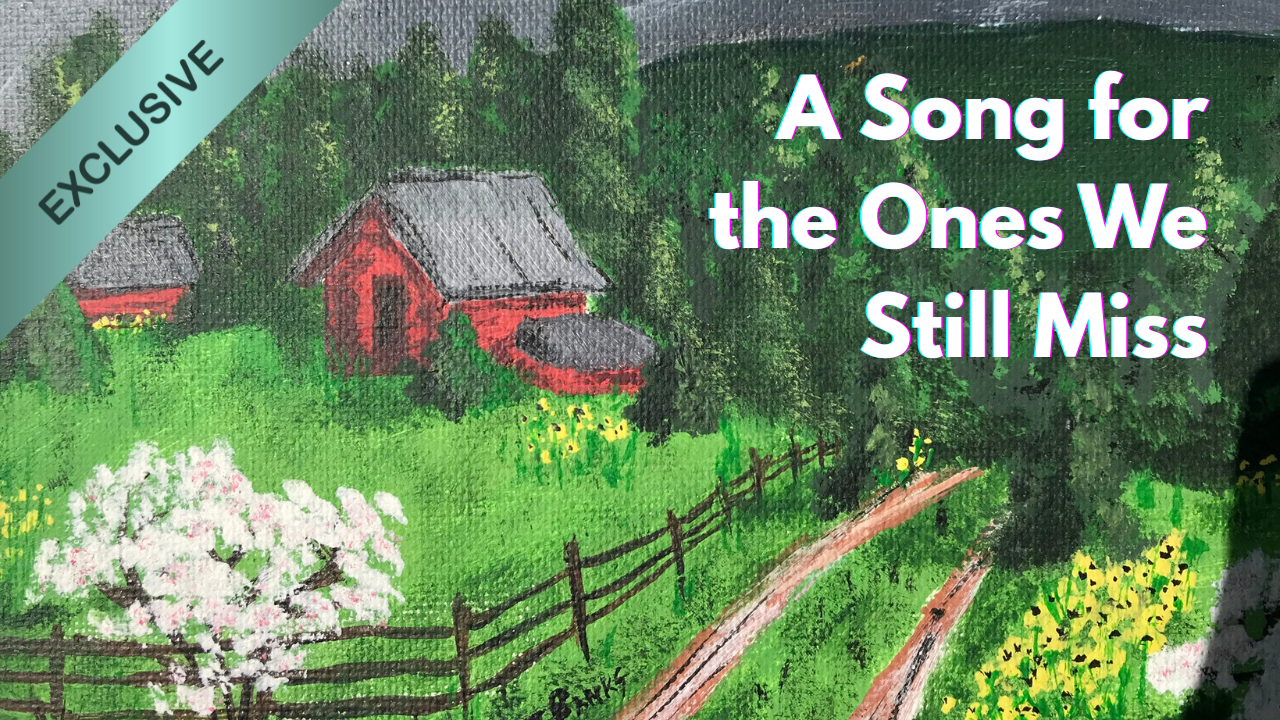Why Your Wild Mind Will Shape the Future With AI
We’ve entered the Conversational Era, where how we talk shapes what gets built. With AI, with each other, and within ourselves. Wild minds like mine were never made for memorization but for dialogue, pattern, and curiosity. Now AI finally keeps pace, helping turn chaos into clarity.

The Socratic method was MADE for me.
It’s essentially an ancient operating system for the human mind. Instead of downloading knowledge top down, clever Socrates used dialogue to surface truth. Questions weren’t commands; they were catalysts with every exchange an opportunity for meaning to emerge through shared experience and idealogical iteration.
The Didactic method was definitely NOT.
Yet it's the model most of us were educated in and even today are expected to follow. Born in the Industrial Age, it treated the teacher as authority and the learner as a vessel to be filled. Knowledge flowed one way. Success was about accuracy, not insight. Memorize the right answers and you’d be rewarded, even if you never understood why they mattered.
Two operating systems.
One built for curiosity.
One built for compliance.
The world is finally switching operating systems.
We Are Creatures of Conversation
As kids, we were told to read silently. But none of us really do.
Research shows that about 82 percent of adults still hear the words in their heads as they read. It’s called subvocalization, the brain turning text into tone, story, and emotion.
We don’t just process language. We listen to it. (Super cool, right??)
Even when we’re alone with a book, our minds insist on dialogue. We don’t absorb meaning passively; we shape it through response. Every paragraph becomes a private conversation between writer and reader, question and answer, self and thought. (Shout out to Brandon Sanderson and other authors who actively build this into their storytelling!)
That’s why wild minds like mine often struggle in systems built for one-way instruction. Our brains aren’t broken; they’re social. We need feedback loops, movement, metaphor, resonance.
Not for validation (in fact, disagreement can light up dopamine), but because conversation is how we think.
We think best when someone talks back.
And now, suddenly, the entire world does.
When was the last time a real conversation changed the way you saw something you thought you already understood?

The World (of AI) Caught Up
The first time I used AI, it didn’t feel mechanical. It felt familiar.
I wasn’t typing commands; I was thinking out loud.
I’d ask a question, get a spark of insight, and reply to it like a friendly stranger at the bookstore helping me clarify my thoughts over coffee when there were no empty seats left in the shop and we had to share a table. 😎
For years, my brain had been doing this alone (or annoying the hell out of my friends, family, and colleagues) as I generated ideas faster than I could write them down, jumping from focus to focus without much structure or documentation.
It was like leaking magic, and I felt if I could just keep it in the tank long enough to harness it, maybe I could finally realize some of those big ideas I’d been chasing.
Have you ever felt like your ideas move faster than your ability to organize them? What would it feel like if something could finally keep up?
Creating in the Conversational Era
AI didn’t step in and create for me. The opposite.
It became the first system that could keep up with me sustainably.
It remembered the threads I dropped and pulled new perspectives every time I asked. It helped me structure the chaos without silencing my creativity. And we did it all as conversation.
This is what I mean by the Conversational Era, a time where how we talk determines what gets built. With AI for sure, but also with each other, and even in the ongoing conversation inside our own heads.
Every great idea, every creation, every act of leadership now begins with dialogue. And for those of us wired for curiosity and call-and-response thinking, this era finally speaks our language.
When do you find yourself thinking best? When you plan silently, or when you can talk an idea out loud and hear it take shape?
Dialogue, Direction, and Shaping Chaos
Having unlimited space to discuss my ideas helped me realize something profound.
My mind isn’t broken. It’s just wired for wonder.
After being diagnosed with ADHD as an adult, I began reviewing my life with a new perspective. For decades I told myself I was too much, too talkative, too late, too scattered. In reality, I’d been playing life on hard mode, using systems and labels that were never designed for me.
Now I trust my intuition; it’s my built-in pattern detector. With AI, that sensitivity helps me spot bias or lazy logic and challenge it to challenge me.
I trust my emotional truth; even if AI someday reaches consciousness, it will never be human. Embracing my wild mind is the most human thing I can do.
And I trust AI to handle what my brain sometimes drops: recall, structure, sequencing. My goal isn’t automation; it’s amplification. I use it not for more output, but for more meaningful output.

In Practice
In The Studio
I sketch a lyric or song structure, then use AI to iterate composition or map emotional arcs. It catches what I forget and hands the feeling back for refinement. The result is fully mine (my voice, my choices) just sharpened through dialogue.
In Leadership
I use AI to research, analyze patterns, and spark discussion. It helps me identify the status quo, assess it, and challenge what needs to change so I can speak to people in language that moves them, not just informs them.
Where could AI help you keep your focus on what matters most? What creative or professional loop could it help you close?
The Antidote to Uncertainty
Systems like this are how wild minds thrive.
Linear systems collapse under uncertainty.
Wild minds dance with ambiguity and shape it into innovation.
When used with intention, AI doesn’t flatten the way we think; it gives our ideas structure to communicate them more clearly and just enough scaffolding to let imagination run wild without falling apart.
What kind of structure helps you create your best work? Is it a schedule, a soundboard, a person, or a prompt?
Shifting the Narrative From Liability to Literacy
For decades, we were trained to operate like machines.
Now, machines are learning to think more like us.
The future will not be led by the most compliant or efficient minds. It will be led by the most conversational ones... the thinkers who connect across ideas, disciplines, and technologies, translating complexity into clarity.
This is what wild minds do naturally.
We connect what doesn’t fit.
We sense tone, emotion, and pattern before we can explain it.
We learn through exchange, not instruction.
That’s not a liability. It’s literacy, a fluency in a new kind of intelligence where curiosity, empathy, and iteration matter more than perfection.
I used to see the way my brain worked as a liability.
I later learned some people call it ADHD. A disorder to be managed.
Now I just call it me.
And I build systems with enough space and care to unlock my full potential.
AI doesn’t replace that.
It helps sustain it.

Stay Connected
If you want to explore how I’m shaping chaos and learning to live with this wild mind, listen to my debut EP Neuroemergent, streaming everywhere.

And subscribers now have early access to my new song “If I Wrote the Rules.”
Listen early, share your thoughts, and help shape the launch ahead of its official release on November 21.


